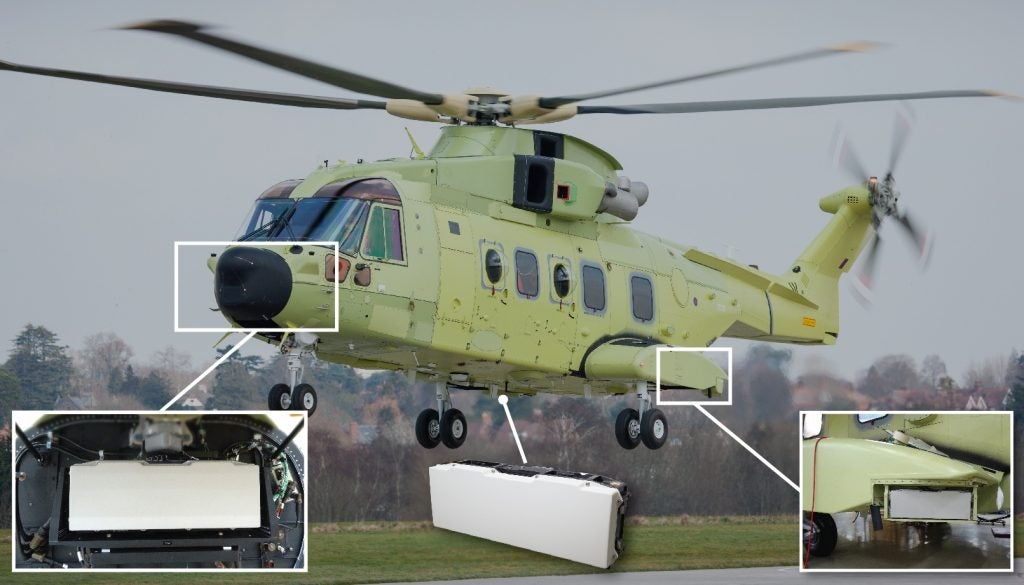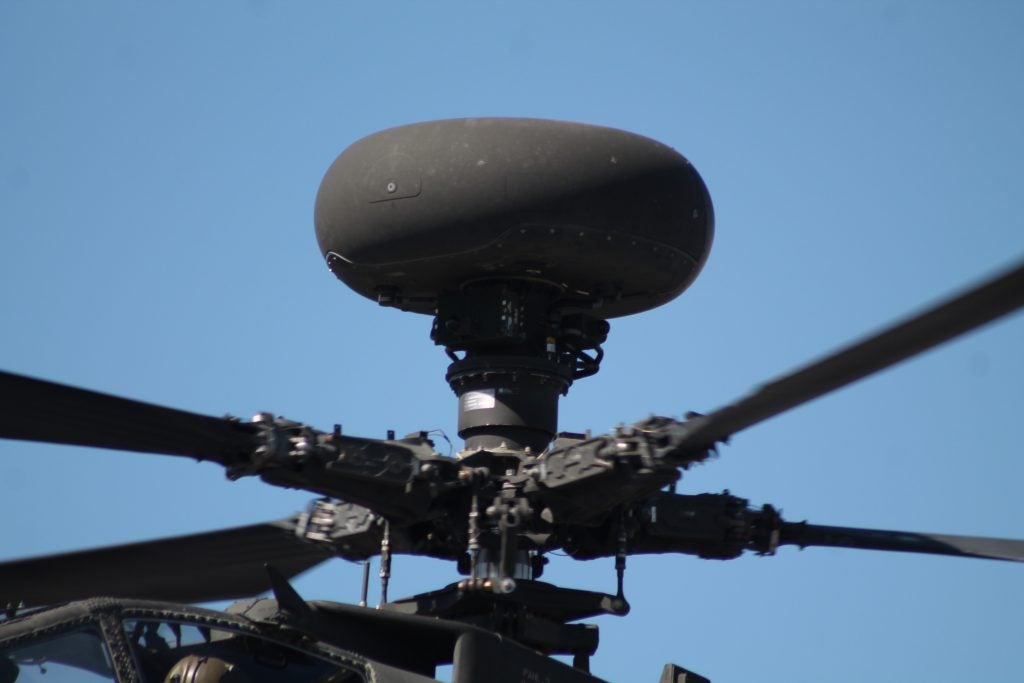US Army Begins Looking for New Multi-mode AESA with EWAR Abilities for Rotorcraft
The US has published a request for information (RFI) for a new multi-mode AESA (active electronically scanned array radar) to equip its rotary-wing fleet. This radar is intended to perform a wide variety of missions including target detection & tracking, electronic warfare, and communication.
Specific modes requested include; GMTI (to track moving targets including dismounted infantry), Synthetic Aperture Radar (to create imagery in poor visibility conditions), Signals Intelligence (SIGINT, to identify & locate enemy radio emissions), Electronic Warfare (to jam enemy radar & communications), and finally threat detection & tracking to inform vehicle protection systems.
Whether this radar is strictly for Future Vertical Lift offspring or for upgrading existing aircraft wasn’t made clear. The current Longbow radar used on AH-64E is strictly for target acquisition and tracking, with SIGINT being collected by the Radio Frequency Interferometer though it lacks the ability to jam identified signals. The new AESA will combine these missions into a single system while also adding many more capabilities. The radar is intended to be modular and scalable, meaning the aperture size can be tailored for specific mission requirements. This will likely result in multiple different sized arrays placed around the aircraft to allow tracking, communication, and jamming simultaneously in multiple directions.

Back in June 2018, the Army began looking for a small self-defense AESA under the MIRAGE program (Multi-threat IR/RF Advanced Generic Effects) which would be placed in several areas around the aircraft to perform SIGINT missions and electronic warfare. The Army hopes to test MIRAGE technology in 2020, a few years before the AESA is due. Whether it will continue as a separate program or be rolled into the AESA program is unclear. Either way, it’s clear that future US Army aviation will put more focus on electronic warfare than ever before.
What wasn’t made clear was whether this radar will be able to replace MUMT-X (Manned-Unmanned Teaming X) as a data link between the host helicopter and UAVs (particularly whatever comes out of the ALE program) or whether the radar will have a terrain-following mode. Given the emphasis on flexibility and scalability, both of these are high possibilities.

